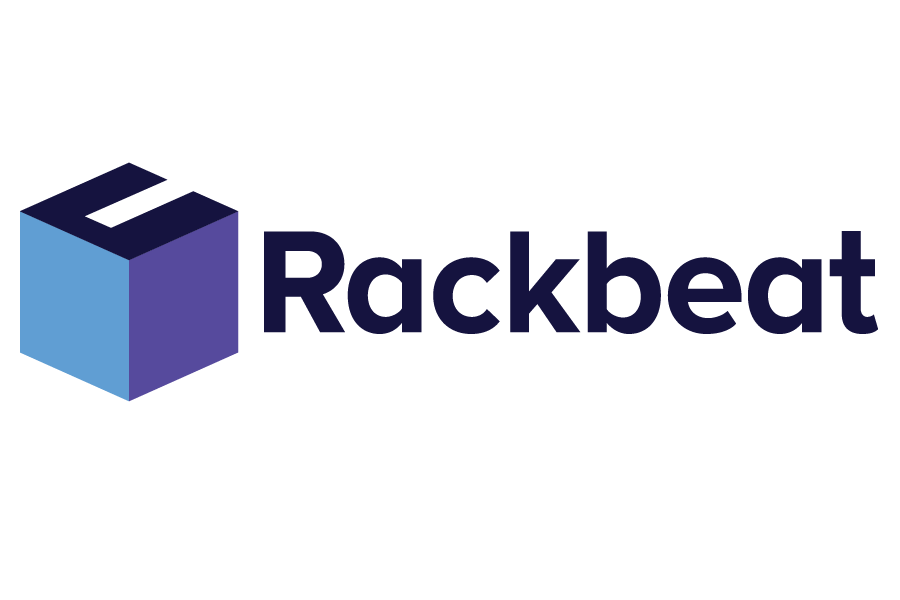Throughput
Throughput refers to the total amount of goods or materials that pass through a system or process over a given period. In the context of inventory management, throughput describes the efficiency with which goods are received, stored, handled, and dispatched from a warehouse. High throughput indicates an efficient and fast supply chain, whereas low throughput may signal bottlenecks or inefficient warehouse processes.
Rackbeat April 14, 2024
The Importance of Throughput Time for Efficient Inventory Management and Supply Chain
Throughput plays a critical role in both logistics and manufacturing, as it directly affects a company’s costs and ability to deliver goods on time. Careful measurement and analysis of throughput time allow companies to identify and address inefficient processes and stages in their supply chain. A long throughput time can be a warning sign that certain aspects of inventory management need improvement. This may include optimizing the warehouse layout to minimize transport time between different storage areas, automating repetitive tasks to accelerate order management, or improving work methods to increase productivity.
On the other hand, a short throughput time is a positive indicator that the company is capable of efficiently transforming incoming raw materials into finished products and then quickly getting them out to customers. This is crucial for industries where time sensitivity is critical, such as in the food industry or technology sector, where the lifespan and relevance of products can be short. Optimal throughput time contributes to more robust supply chain management, improves customer satisfaction by ensuring timely delivery, and helps maintain a competitive market position by being able to respond quickly to changes in demand.
Optimize Your Throughput with Rackbeat
Rackbeat’s inventory system is designed to optimize all aspects of warehouse management, from the receipt of goods to their final dispatch. Rackbeat ensures that companies can reduce throughput time by offering features such as purchasing management, goods registration, location management, order management and more. This leads not only to increased customer satisfaction through faster delivery times but also to lower costs and improved competitiveness.



